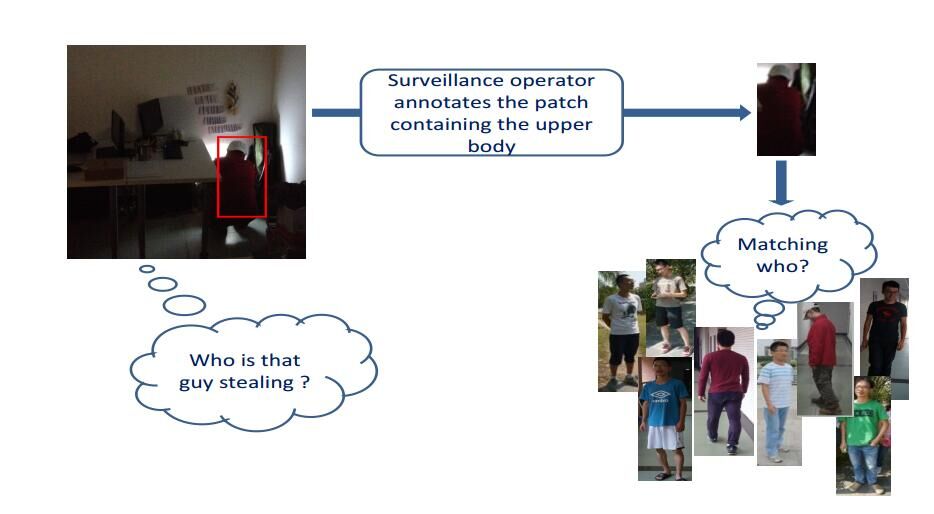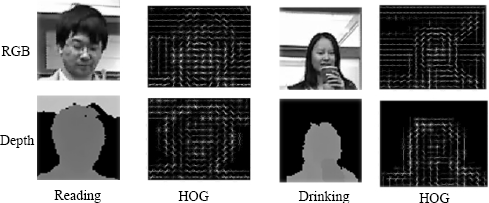Intrinsic Character Reconstruction
This project aims at inferring the underlying intrinsic physical characters (the 3D shape, illumination, shading, reflectance, etc.) that gave rise to observed images. Recovering these quantities from images is a core problem of vision, and facilitates the virtual reality applications such as the object recognition, object relighting, and object recoloring. We have developed some methods to seprate an image or multiple images into two kinds of intrinsic images (illumination image and reflectance image), now we are working on inferring three kinds of characters (shape, illumination, and reflectance) from different new-type cameras.







